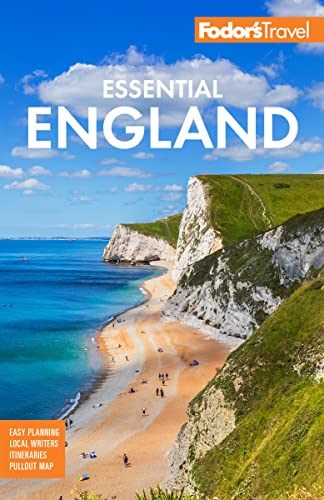Getting Oriented
The Lake District is in northwest England, some 70 miles north of the industrial belt that stretches from Liverpool to Manchester and south of Scotland. The major gateway from the south is Kendal, and from the north, Penrith. Both are on the M6 motorway. Main-line trains stop at Oxenholme, near Kendal, with a branch linking Oxenholme to Kendal and Windermere. Windermere, in the south, is the most obvious starting point and has museums, cafés, and gift shops. But the farther (and higher) you can get from the southern towns, the more you'll appreciate the area's spectacular landscapes. Lake District National Park breaks into two reasonably distinct sections: the gentler, rolling south and the craggier, wilder north.
- Kendal. The southern gateway to the Lake District.
- Windermere and Bowness-on-Windermere. The region's largest body of water.
- Ambleside. A quintessential Lakeland town.
- Rydal. Once home to poet William Wordsworth.
- Grasmere. A romantic village with literary connections.
- Elterwater and the Langdales. Beautiful upland country great for hikers.
- Coniston. A small lake resort and boating center.
- Hawkshead. A market town in the Vale of Esthwaite.
- Cartmel. The southern Lakeland area's most attractive village.
- Penrith. A bustling market town and capital of old Cumbria.
- Ullswater. The region's second largest lake.
- Keswick. A good base to explore the less crowded northern lakes.
- Borrowdale. Challenging, spectacular walking country.
- Cockermouth. A charming village that was the birthplace of William Wordsworth.
- Bassenthwaite Lake. The only "official" lake in the Lake District.




